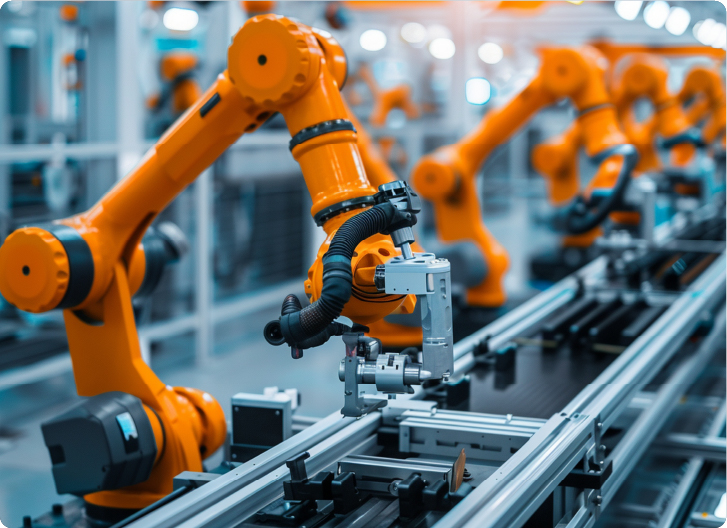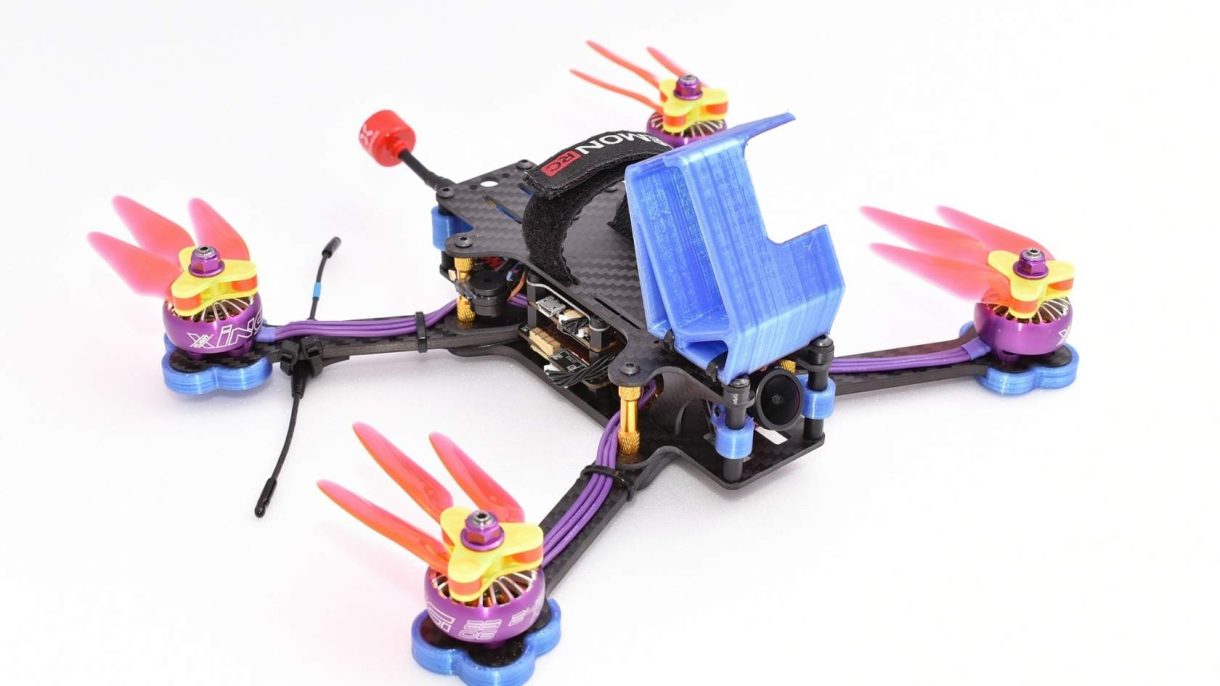
Building a drone used to be tough. You had to buy parts, wait for shipping, and hope everything fit. Now? You can print most of it at home. 3D printing lets you design and build your drone on your terms—and that’s changing everything.
With a 3D printer, you control the whole process. You pick the shape, weight, and layout. You hit print, and in a few hours, you’re holding a custom drone frame. If something breaks? No problem. You reprint it. No waiting, no extra cost.
This isn’t just for hobbyists anymore. Students, startups, and even defense labs are printing drones. The reason is that it’s faster, cheaper, and more flexible than traditional methods. In this article, you’ll learn how 3D-printed drones work, what makes them different, and how to start building your own.
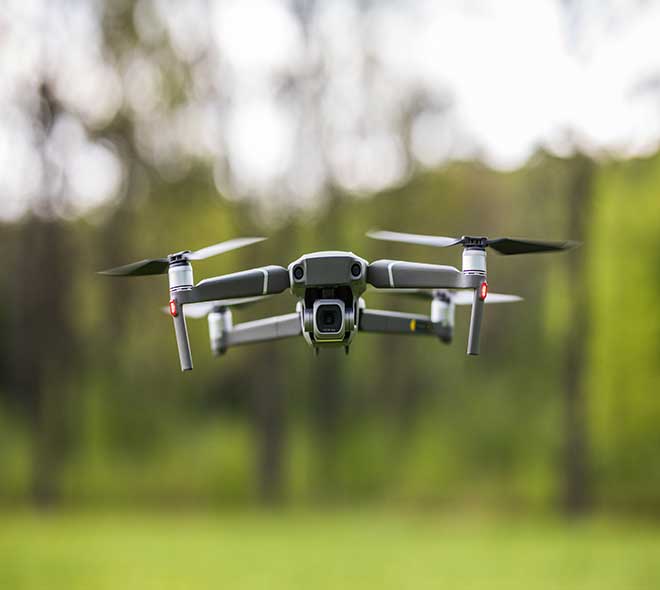
3D printing gives you full control over your drone build. You don’t need to rely on pre-made parts anymore. Now, you can design, print, test, and fly, all on your timeline.
You start by designing the drone frame. Most people use free or low-cost software like Tinkercad or Fusion 360. You tweak the shape, weight, and mount points to fit your parts. Want to make it lighter? Just adjust the design before you print.
Once the design’s ready, you send it to your 3D printer. Most builders use PLA or PETG filament. These materials are strong, light, and easy to print. You get a custom frame in a few hours without any delays, and no suppliers.
But it’s not just the frame. You can print landing gear, camera mounts, and even propeller guards. If something breaks, you just reprint that part. No need to throw the whole drone away.
This hands-on control helps you test faster and build smarter. Whether you’re trying new designs or fixing old ones, 3D printing makes the process simple, fast, and way more flexible.
You only need to print some of the drone parts rather than printing the whole drone. Many important components can be printed using a 3D printer. The parts are often affordable, lightweight, and easy to repair. Let’s consider the everyday items you usually end up printing.
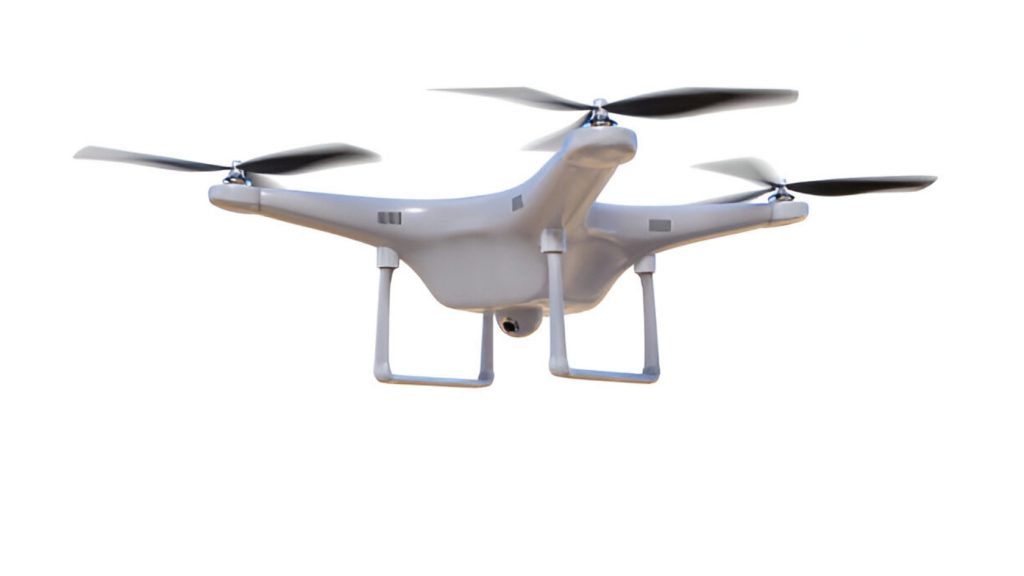
The frame is the foundation for the whole drone. It supports all the parts: motors, arms, and the wiring. The entire frame can be printed, or just some parts can be printed.
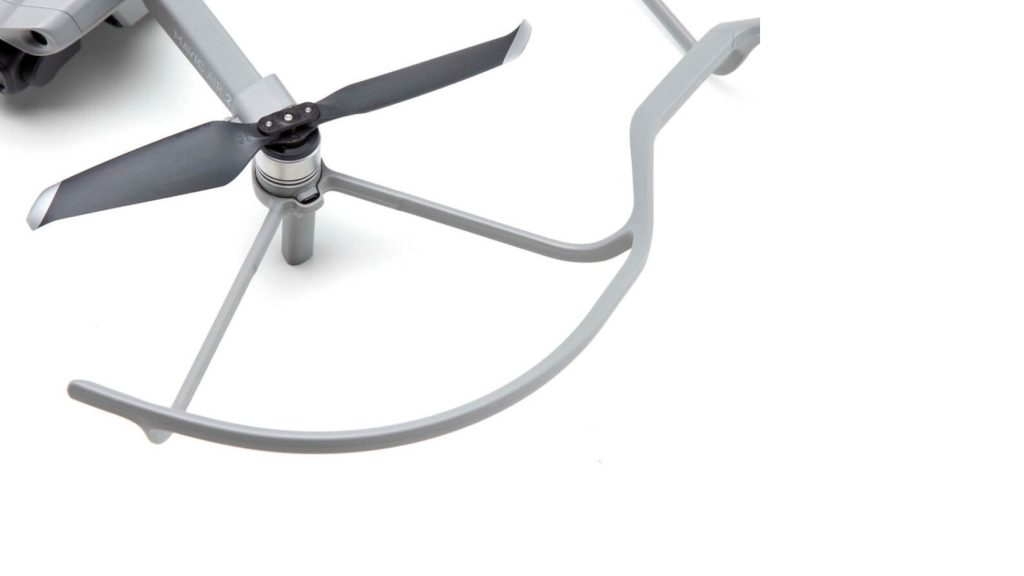
Propeller guards help your drone fly appropriately. Make the parts in flexible material, for instance TPU, since that allows them to bend instead of breaking when hit. You don’t have to replace props as often because of this.
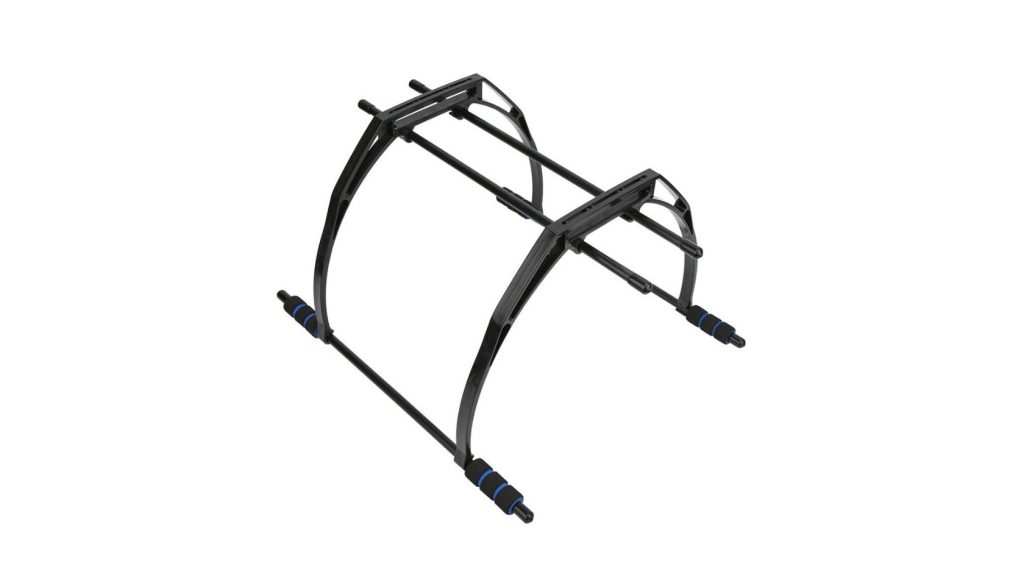
Having landing gear allows your drone to touch ground safely. You want to avoid sensitive parts being dropped on the floor.
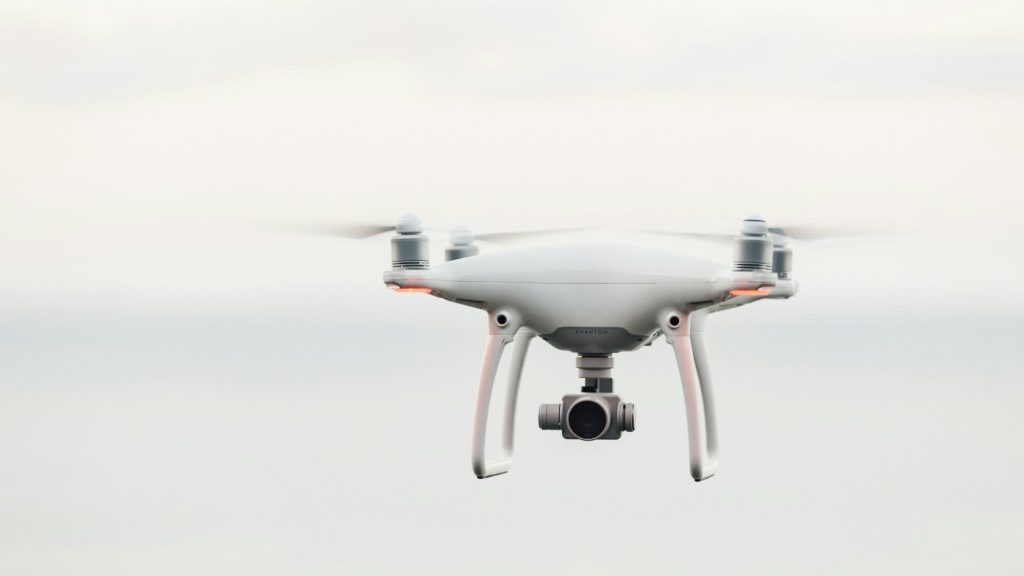
Do you want to link a GoPro or FPV camera? A camera mount is a requirement. Printing the first lets you choose the angle and fit.
Moreover, you can design versions with vibration-damping to get smoother shots. Mounts are small, which makes them simple and inexpensive to print again.
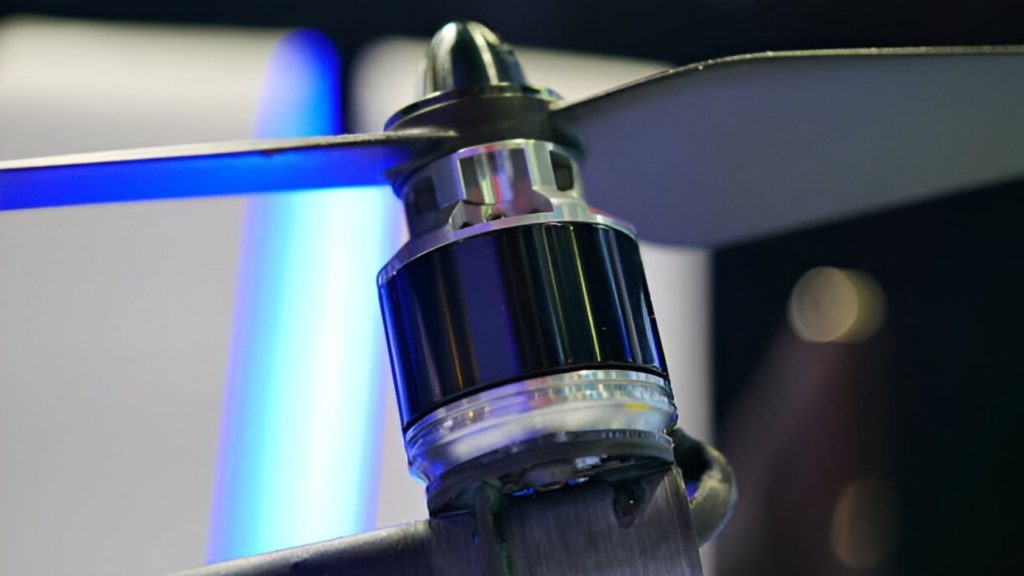
Motor mounts prevent your motors from moving around in the car. Motors are not interchangeable, since their spacing and fit have to be specific. If you want to change, you can improve and recreate the mounts instead of adding more holes.
If batteries are left loose, they can slide, so strong and light 3D printed holders secure them. It is possible to make custom trays that will hold your batteries safely and balanced as you fly.
Using FPV or GPS requires having antennas. Sticking the photos to a board keeps them standing and out from the table. Using them increases the strength of your signal and stops your props from causing problems.
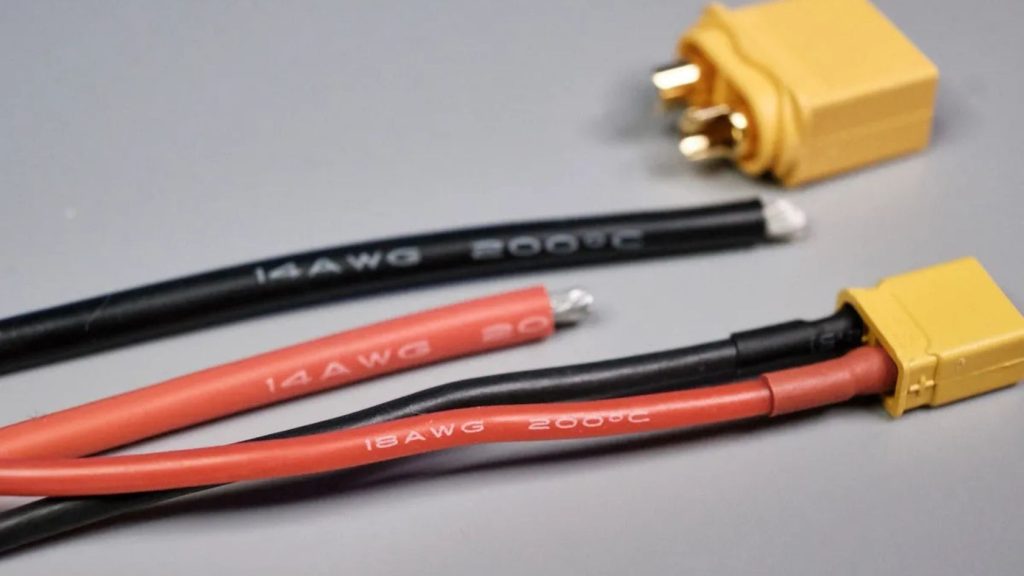
Floating cabling is both untidy and can be hazardous. 3D printed clips help your cables stay out of the rotor’s way.
Small wire channels can be printed to fit the area in between. This makes the drone weight less and keeps things more organized.
The 3D printed parts give you the ability to build and fly more safely. In addition, they are cheap, quick to get, and simple to replace. You do more than produce parts. On top, you give your team the chance to react flexibly at any time.
Picking the proper material is very important. It changes your drone’s strength, its weight, and how long it stays in the air. Because filaments vary, knowing which is right for each part is useful.
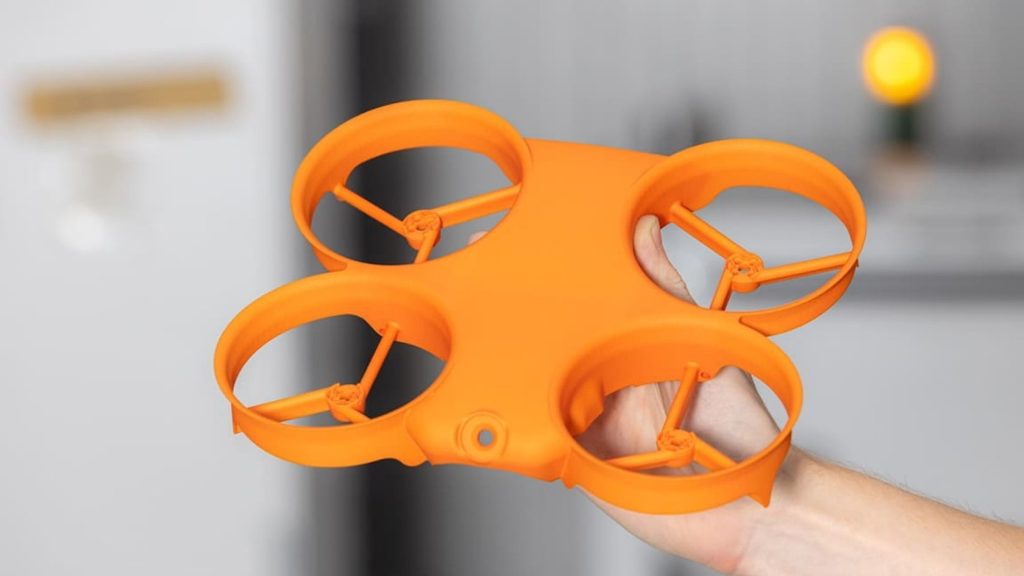
PLA is the simplest way to go. It produces good and clean copies. You can get by with a normal printer and do not need a heated bed.
It isn’t able to withstand high temperatures very well. PLA materials might warp if the motors get hot or you fly in direct sunlight. This is mostly suitable for testing, light-duty trailers, or indoor work.
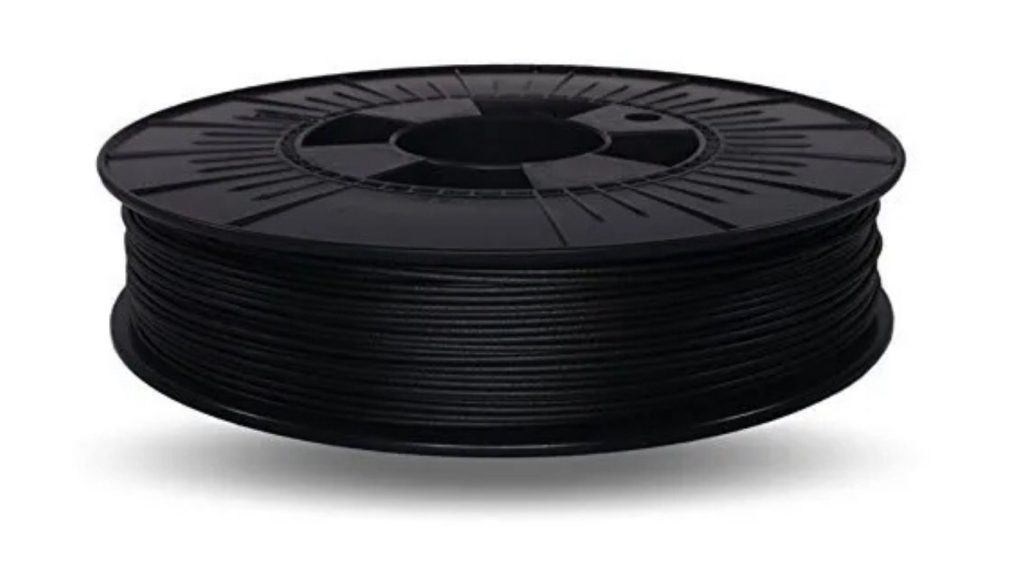
PETG is strong and also very flexible. It doesn’t readily break apart like PLA, and it is much better at handling higher temperatures.
You are able to create frames and supports that will last with the 3D printer. This makes it perfect for flying outside, and it’s tougher than some of the simpler drones without being industrial-level.
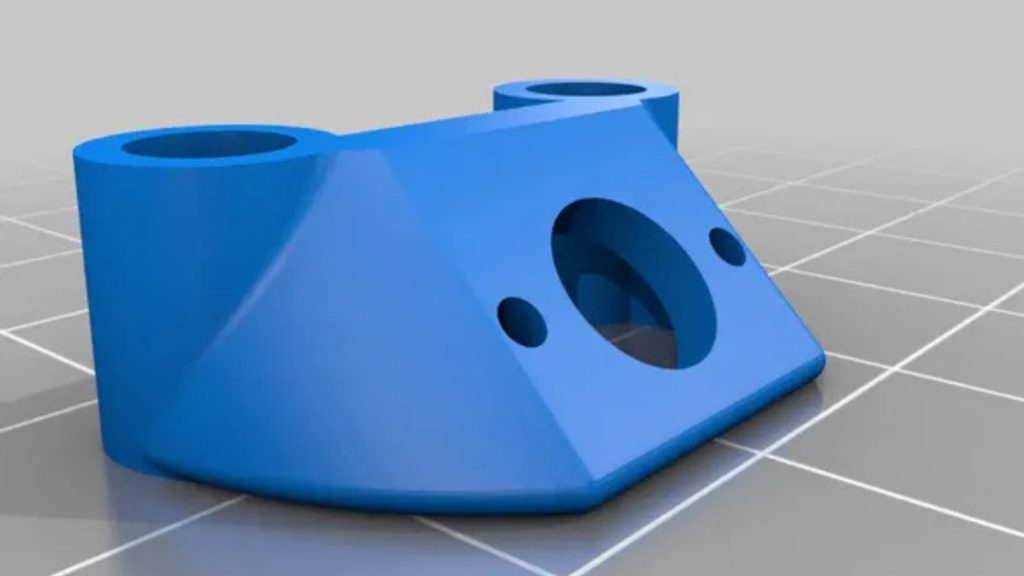
TPU material is rubbery. It is flexible but holds its structure. Put it on things like prop guards, landing gear, or shock absorbers.
Printing may be more difficult, but the outcomes are very satisfying. When your drone is in a crash, the TPU protects it by absorbing the impact, not shattering.
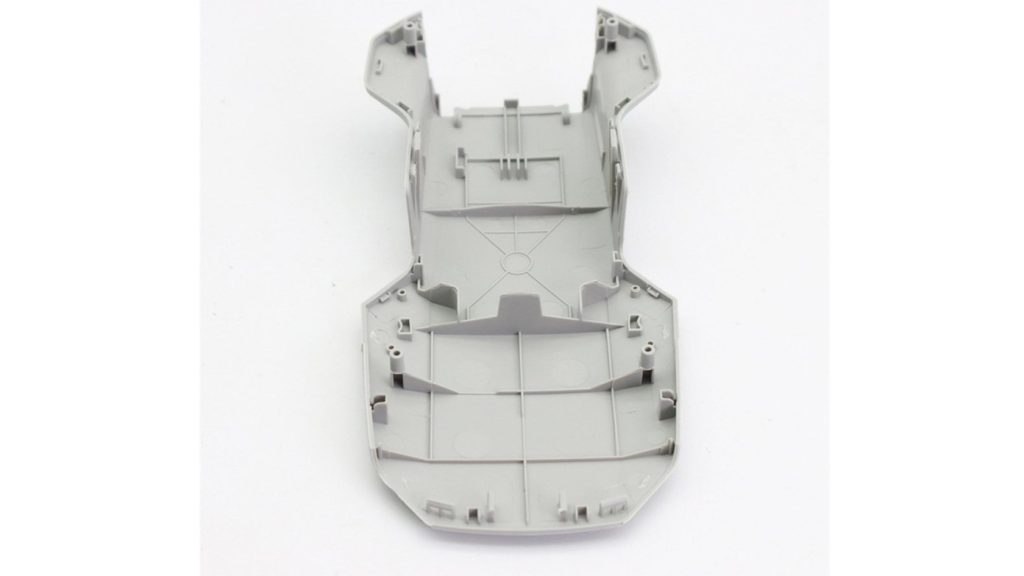
ABS and ASA are strong materials and are good at managing heat. They are usual in builds designed for challenging purposes.
They should be printed with hotter temperatures in an enclosed environment. Smelly smells fill the air when the machines are working to print. These are perfect for structural components.
Carbon fiber is mixed with PLA, PETG, or Nylon.
You get a stiffer material and less give, which is ideal for use in frames. This can wear away your nozzle, so it’s good to use a hardened steel nozzle if you use the technique.
Depending on your print and your type of flight, picking filament is important. Always perform tests of your model before taking it out for a flight.
Designing a drone from scratch is fun, and it ought to be. However, a bit of advice can keep you from spending hours experimenting before printing. Following these basic steps will make your drone better, sturdier, and more ready for flights right away.
Starting doesn’t require you to buy expensive CAD software. Beginners will find Tinkercad, which is free, very useful. To get more control, you might want to use Fusion 360 or FreeCAD.
Shapes such as circles, squares, and rectangles are good to start with. Make utility more important than outward appearance. You can make the plane look better later on, after it has been tested.
Reducing every gram in a plane is very critical. Heavier drones use their batteries more quickly.
Adopt honeycomb or gyroid patterns in the fill to keep strength while making the structure lighter. Use thick walls only when it is important.
Measure each important part of your drone, such as the motors, battery, camera, and flight controller. After that, make your frame to fit those dimensions.
Should your label not fit, you have to make a new print. Spending time to measure helps you work faster in the coming days.
Be sure that the things you print can be taken apart easily. You’ll crash. Things will break, and you have to fix them.
Pick screws or snap together designs wherever possible. It means you can simply replace the damaged parts, not having to fix the whole gadget.
Printing your new designs in PLA material is a good idea. People prefer to print since it is cheaper and quicker to do so. If the shape and function are what you want, pick stronger materials such as PETG or carbon-filled filaments.
Going through test, build, and improve steps will make your drone much less likely to fail.
3D printing gives you control. Good design helps that sense of freedom shine. Work in a basic way, keep testing, and update your code while you learn.
Once you’ve printed the parts, it’s time to bring everything together. Don’t worry—it’s easier than it sounds. With a few tools, the right components, and some patience, you’ll have your drone flying in no time.
You’ll need more than just 3D-printed parts. Here’s a basic list to get started:
Check sizes and compatibility before you begin. It saves you the headache later.
Assemble the printed frame as the first step. If there are many pieces, screw or snap them together step by step. See to it that there is no unbalanced or wobbly feel.
Screw your motors onto the ends of the arms. Loosen the screws if they seem too tight, as you can break the plastic.
You have to focus on this segment of the process. Join the ESCs to the motors and connect the motors to the flight controller. Keep the wiring job neat and wires clean.
Hold cables in place with heat-shrink tubing or clips. Making the layout clean allows the system to cool and makes fixing it simpler in the future.
Attach your battery with a 3D-printed tray or a strap to make it secure. Ensure that you maintain the center of your drone to have an even flight.
Install your propellers so that they are turning the correct way. A little error at this point can prevent the drone from taking off.
Make sure to test drones in a safe place before testing them in the open. Check all of your flight controls using either flight simulators or your PC.
Should everything function fine, you can start flying your drone..
Crashes are part of flying. If something breaks, just reprint it. That’s the beauty of a 3D-printed drone. So, you are never grounded for long.
3D-printed drones aren’t just cool DIY projects. They’re solving real problems in fields like education, research, and even disaster response. Thanks to their low cost and fast turnaround, more people are turning to 3D printing for serious drone work.
Technology has made it possible for teachers and students to make drones in order to learn more about science and engineering. You not only explore how drones work but also assemble a drone by yourself.
Dealing with things directly helps the students understand and remember better. In addition, it makes learning STEM interesting and useful.
Testing ideas by using 3D-printed drones is possible in labs and universities. They can create new airplane forms, experiment with sensors without spending weeks to get the parts they require.
If any part fails, they fix the problem, reprint, and take another flight on the same day. Such a fast pace in development leads to major improvements in innovation.
Time plays an important role in the job of rescue teams. Drones can be made light for teams to fly and scan places that may be risky, such as those with collapsed buildings or flooding.
When the drone crashes in the field, they only have to change the damaged component. This cuts down on expenditure, the use of time, and sometimes the loss of lives.
FPV drone racers love 3D printing. It lets you build frames that fit your exact racing style—light, fast, and tough.
Need to tweak something before a race? You just reprint and go. No need to wait for shipping or pay for spare parts.
3D-printed drones are no longer just a trend. They’re tools with real-world impact—flexible, affordable, and ready for whatever challenge you throw at them.
Building, operating, and repairing drones is easier today because of 3D printing. You have more choices than just buying frames at a shop, and you won’t have to deal with delays anymore. Nowadays, making your drone parts, printing them out, and trying them in flight only takes hours.
3D printing allows both newcomers, students, and experts to be in charge of their designs. You are in charge of picking the materials. You revise the look of the page. If by chance something is broken, you can print out a new replacement easily. Since it’s so flexible, building drones is now more creative, cheaper, and more hands-on than it used to be.
Education, racing, research, and dealing with emergencies are some ways 3D-printed drones are used by people all over. With the technology, making prototypes is fast, tweaking features is easy, and flying becomes more enjoyable. Building a drone exactly to your preferences is possible with 3D printing.At Apex Rapid, we offer professional 3D printing services to help you bring your custom drone designs to life quickly and accurately. Contact us today to get started.
